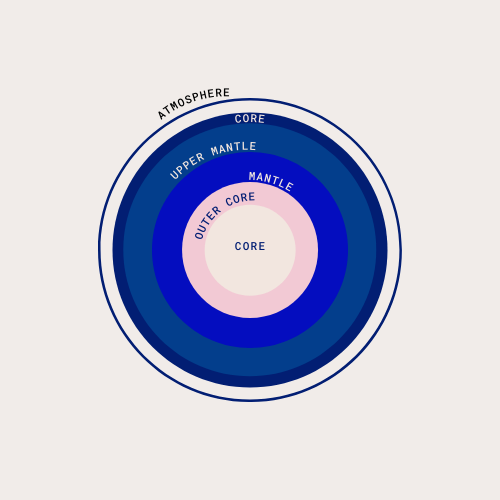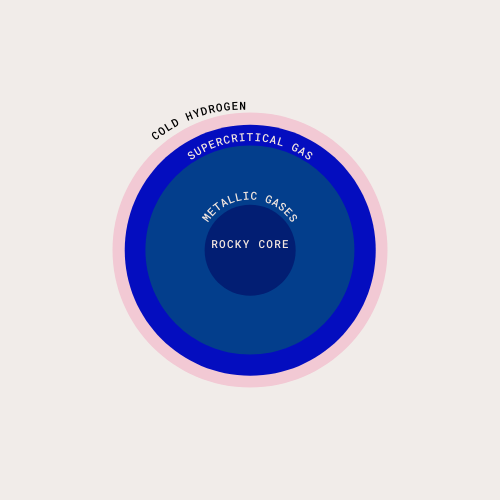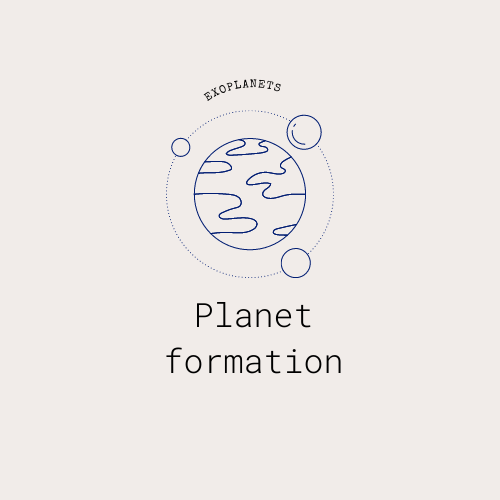Planet formation is a critical component of exoplanets since they probably formed the same way as planets. That is why it is important to learn about planet formation. But, of course, the planets orbit the stars, so our story starts with the lights of the universe. How do stars form?
Stars, home for planet formation
Stars form in giant molecular clouds, where there is plenty of gas and dust for star formation. However, some events will cause the gravity in the cloud to shift, and a gravitational collapse of material will occur, clumping matter into a ball, a future star. As the matter collapses onto itself, the pressure inside gradually stabilizes with the gravity of its mass, soon reaching an equilibrium. Once the star reaches this equilibrium, we will have a protostar, fusing hydrogen into helium, becoming a true star after a million years. Around this protostar, there is still material left, material perfect for planet formation.
Accretion | key process of planet formation
Accretion is the main process of planet formation. It is a process by which small objects tick together to make larger objects and is the most common planet formation process. Thus, three different things can form with the word planet in them.
Types of objects from planet formation
- Planetesimals: small objects with a diameter of 10 km, usually found in the asteroid and Kuiper belt
- Protoplanets: intermediate-sized objects, with a diameter of typically 100-1000km
- PLANETS: the planet of the show (see what I did there :), their orbits are clear of materials, making them planets. That is why Pluto is NOT a planet. (Sorry, Pluto)
Frost line
In every solar system in the universe, a line divides the warm and toasty sides from the cold and windy sides of the solar system. This is called the frost line, and inside it are rocky planets, and outside it are icy or gas giant planets. This line is key for another process called differentiation, which separates materials by density, and depends on which materials are found. The materials depend on the frost line, so the composition of planets depends if they are inside or outside the frost line. Let’s see how it’s like for them.
Rocky planets

These types of planets have a lot of layers, 6 in total. First is the atmosphere, which depends on the planet’s closeness, so there are five layers in total. The first layer of the planet is mostly the crust, where we all live, and the oceans, valleys, and mountains. The next level is the upper mantle, followed by the mantle. Here is where the molten lava is. Finally, er have the outer core and the inner core. The outer core can be liquid or solid, which influences a planet’s magnetic field. The outer core needs to be fluid and the inner core solid for a magnetic field to form, like Earth.
Gaseous planets

For gaseous planets, it is a different story. They have 4 layers. And the first one is a layer of cold hydrogen; the subsequent layer is a place for supercritical gasses, where they are in a supercritical state. A supercritical state occurs for gas at a specific temperature and pressure. The gas will no longer condense to a liquid regardless of how high the pressure is raised. Filling up the next layer is metallic gases. Finally, we have reached the rocky core or the actual surface of the planet. The core is the same as Earth’s core, but it is the only solid form of matter on the planet.
That’s it! Next chapter, we’ll focus on planets and moons, how moons form, and their significance for astrobiology. See ya!





